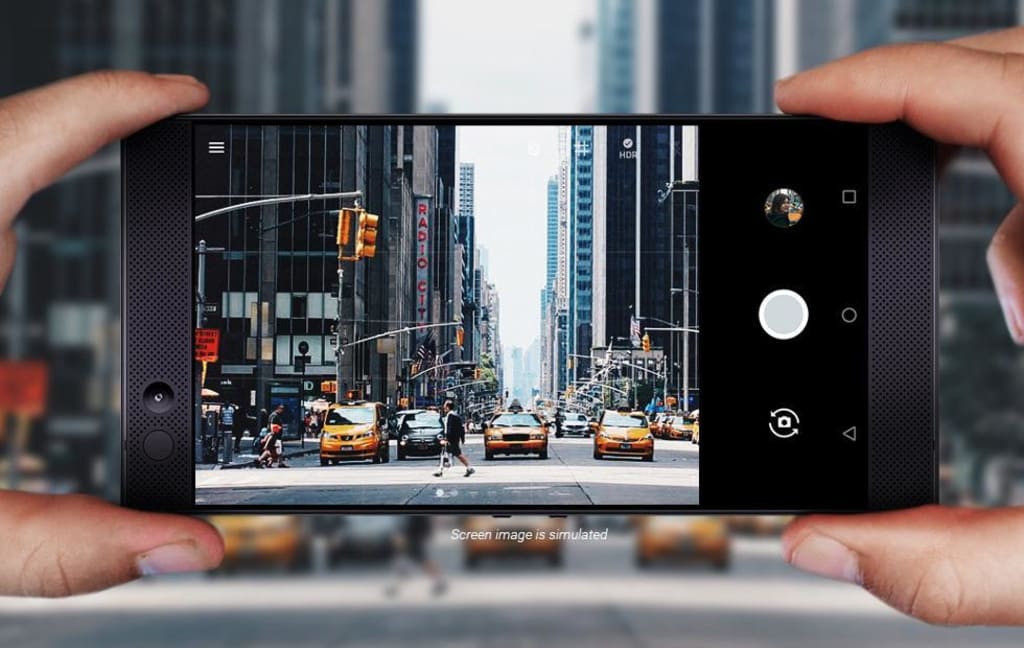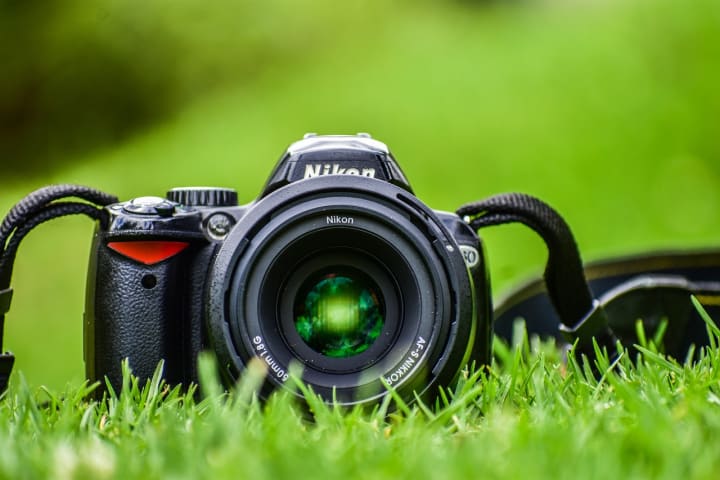
Introduction:
The Best Ways to Use Your Camera Phone for Photography. Having a camera phone is a handy tool for photographers. It's not uncommon to find some of the most inspiring images when you don't have a camera with you. When you don't have your DSLR or another camera with you all the time, you can take advantage of the phone in your pocket to capture those great moment's photo opportunities.
Remember that good advice should never prevent you from capturing a fantastic moment. If you're too busy following the rules to take a picture, it doesn't matter if the technical and compositional details are perfect.

How to Take Better Pictures with Your Phone?
- The lens should be cleaned. If the camera lens accumulates lint over time, it will blur the image.
- Choose the best picture quality and resolution that your phone offers.
- Some of your photos will be so good that you'll want to print them, but this won't be possible if you only have a low-resolution copy of your original image.
- Make sure all the lights are off in the picture frames.
- Adding a frame or background to a photograph can ruin an excellent image.
- When White Light Appears:
To turn off all other effects white appears; white in any light because the human eye automatically adjusts for the brightness of the environment. Although the subject may appear reddish under standard incandescent lighting, a camera will pick this up. It's possible to do this with better camera phones, which will allow you to do so. It's best to experiment if you don't know what setting to use.

2. Setting the Stage for Success:
Avoid Low Light:
Avoid Low-light subjects, at least if you want consistent lighting. A camera phone's small sensors can't operate at high ISO speeds without introducing a significant amount of noise. Most of the time, this rule prohibits taking photos indoors except in the most well-lit areas. Take a look at your lighting options if you must shoot indoors. Avoid fluorescent lighting, as it can give your subjects a greenish hue.

3. In low light, make sure your camera is stable.
In low light, the shutter speed on camera phones is slowed, resulting in a blurry photo if you move around. As a result, the camera will either underexpose the remainder of the shot or blow out the highlights in the image's brightest areas. Because it's possible to extract details from dark areas of an idea but impossible to recover blown highlights, the latter is worse (since there is no detail therein to remove).

4. Do not engage in activities that need a high level of attention:
Phone cameras can capture shots with nearly complete depth of field due to their small sensors and extremely short focal lengths (the distance between the optical elements of a camera and its sensor). Their typically weak auto-focus mechanisms (and their inability to focus close to the phone) usually prevent them from taking photos with blurred backgrounds.

5. Avoid taking "mirror shots":
Mirrors can also be a problem for auto-focus systems. Take the picture outside with the help of a friend or family member. The auto-timer feature on most camera phones allows you to set the phone somewhere and get in the picture while it's taking the picture.
The subject should be prominent and visible. There will be a loss of refined details, such as leaves on trees seen from a great distance. Get as close as you can to the subject when taking pictures. You'll get the best results from your photography if you can get close to your topic and frame it tightly.

6. Maintain a clean background.
If you want to take a picture of something in the foreground, you'll have to focus the camera manually. Using a flash because your entire scene is under-lit indicates that you're photographing indoors in a dark environment. Keep in mind that on a camera phone, you can't typically aim the flash in any other direction than straight ahead; you can't bounce it off ceilings or walls, as you can with a dedicated flashgun for a DSLR camera.
For example; A flash is an excellent choice when it comes to filling in shadows.
7. Taking a good picture is all about framing it.
Get everything you want in the picture ready to be captured, before taking a picture. All of the viewfinders on some phones show the actual image taken. On the other hand, other phones only display a portion of the image, but they are capable of capturing far more than what is visible through the viewfinder. You can always crop your picture later if you put too much space in it.
8. When shooting stills, always use a backdrop.
It's best to start with a black background to stand out from your subject matter and colours. All the light that hits black velvet is absorbed, so it's a good choice. It will help to reduce shadows and reflections.






Comments
There are no comments for this story
Be the first to respond and start the conversation.